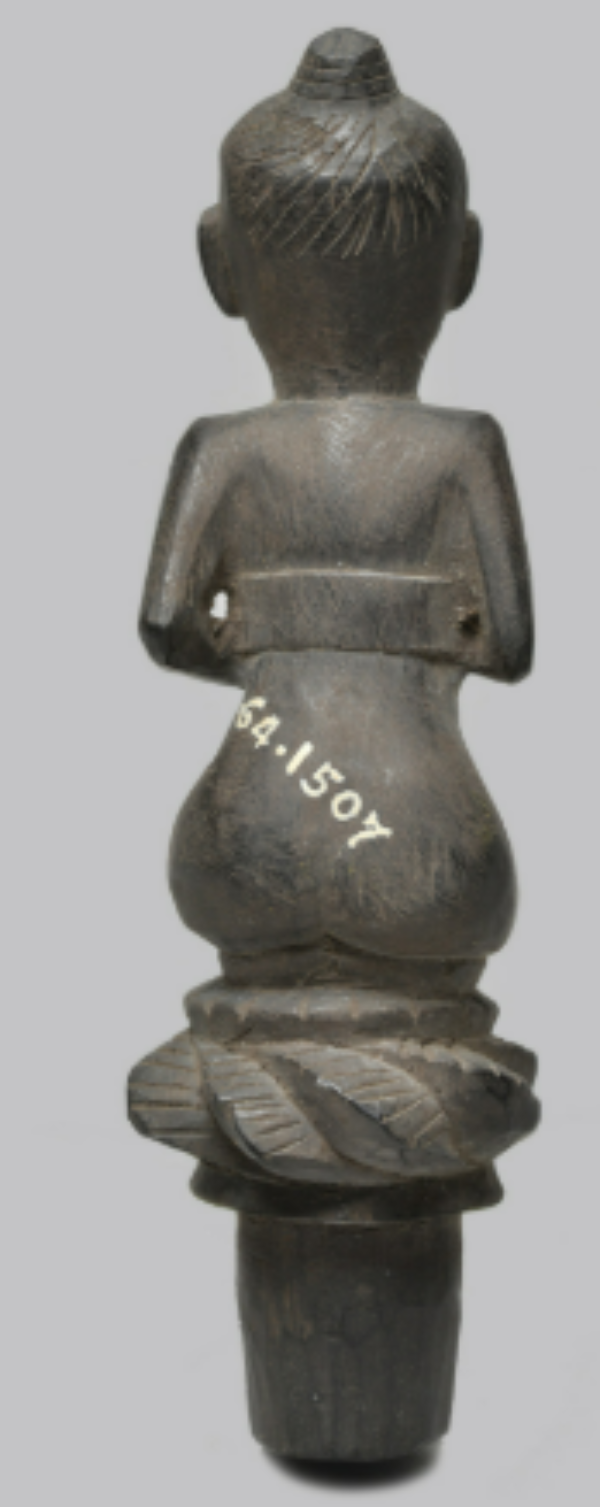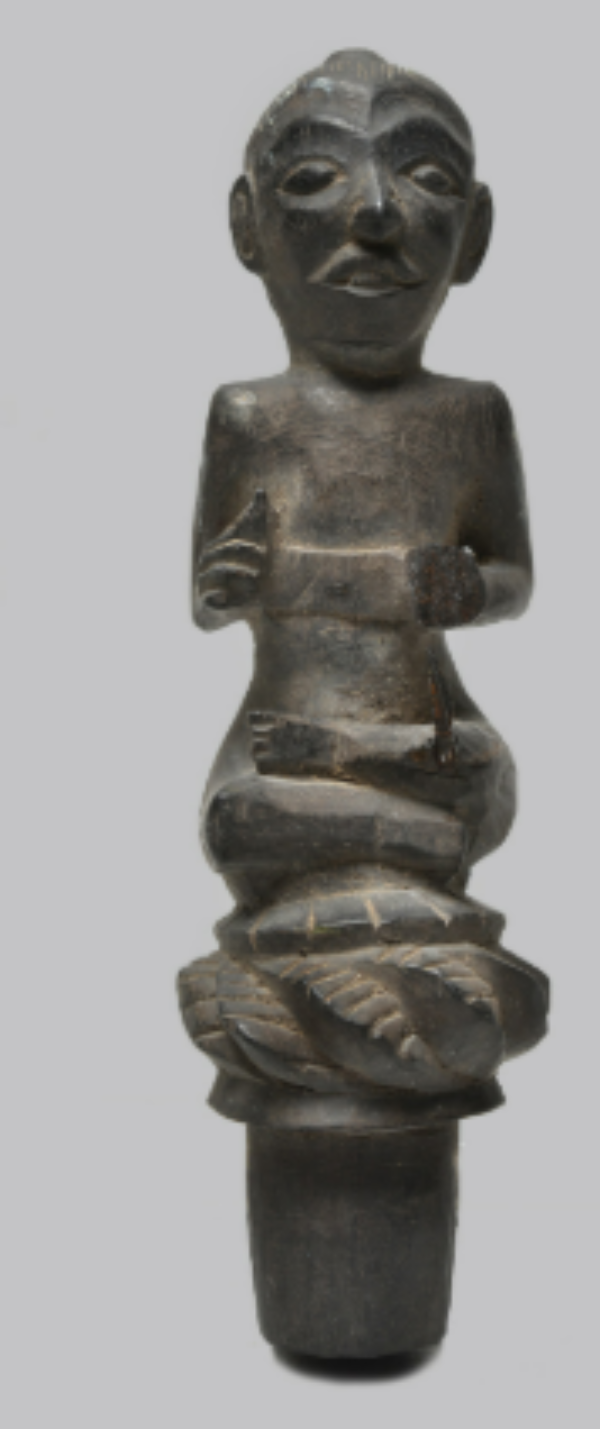State
Tribe Name
Art Type
short description
The notable traditions of Buddhist craftsmanship enable us to penetrate with curiosity and delight into this one wood carving that exemplifies the culture of the Monpa tribe, an indigenous population of Arunachal Pradesh. Divergent from other portrayals, it illustrates an entirely original image of the Lord Bddha, one that shows the impetus toward self-expression treasured by Monpa artisans.
Carving expresses the culture and religion stamped in the very heart of a tribe. Traditionally, the Monpa too possess wood-carving skills, where the artisans are highly competent in carving excellent works into wood for generations. They prefer using locally available woods, mostly with symbolic meanings among the four directions impossible to fathom by a layperson, such as sandalwood or teak, for its strength and fine finish. These sculptural representations often get ornamented with symbols of Tibetan Buddhist iconographic origins as the Monpas considered believers of the Gelugpa sect of Mahayana Buddhism.
Carving expresses the culture and religion stamped in the very heart of a tribe. Traditionally, the Monpa too possess wood-carving skills, where the artisans are highly competent in carving excellent works into wood for generations. They prefer using locally available woods, mostly with symbolic meanings among the four directions impossible to fathom by a layperson, such as sandalwood or teak, for its strength and fine finish. These sculptural representations often get ornamented with symbols of Tibetan Buddhist iconographic origins as the Monpas considered believers of the Gelugpa sect of Mahayana Buddhism.
Thumbnail

Filter Postion
Left
Filter Background
Off
Theme
Filter Header Image

content
Image

description
The notable traditions of Buddhist craftsmanship enable us to penetrate with curiosity and delight into this one wood carving that exemplifies the culture of the Monpa tribe, an indigenous population of Arunachal Pradesh. Divergent from other portrayals, it illustrates an entirely original image of the Lord Bddha, one that shows the impetus toward self-expression treasured by Monpa artisans.
Carving expresses the culture and religion stamped in the very heart of a tribe. Traditionally, the Monpa too possess wood-carving skills, where the artisans are highly competent in carving excellent works into wood for generations. They prefer using locally available woods, mostly with symbolic meanings among the four directions impossible to fathom by a layperson, such as sandalwood or teak, for its strength and fine finish. These sculptural representations often get ornamented with symbols of Tibetan Buddhist iconographic origins as the Monpas considered believers of the Gelugpa sect of Mahayana Buddhism.
Carving expresses the culture and religion stamped in the very heart of a tribe. Traditionally, the Monpa too possess wood-carving skills, where the artisans are highly competent in carving excellent works into wood for generations. They prefer using locally available woods, mostly with symbolic meanings among the four directions impossible to fathom by a layperson, such as sandalwood or teak, for its strength and fine finish. These sculptural representations often get ornamented with symbols of Tibetan Buddhist iconographic origins as the Monpas considered believers of the Gelugpa sect of Mahayana Buddhism.
Image Mode
portrait
Image

description
Unique features found in this Buddha Wooden Sculpture are those which are abstract in form of representation and divergence in posture, mudras, or facial expression, making them unique from the normative generic forms of representation of Buddhist statuary. This round of artistic work has ground itself into a Monpa tradition, oral tradition, and monastic attention. Such sculptures are generally found in monasteries, personal altars, or sacred spaces where they are offered for meditative focus and veneration.
Image Mode
portrait
Image

description
Monpa wood carving signifies the group's commitment to preserving an ancient artistic tradition, thereby sustaining the Monpas' cultural heritage. The Monpas' artistry-an intricate attention to detail-is considered not just a technique of religious expression but also a contribution toward the already rich artistic heritage of Northeast India.
Image Mode
portrait
promoted
Off
Verified
Off
